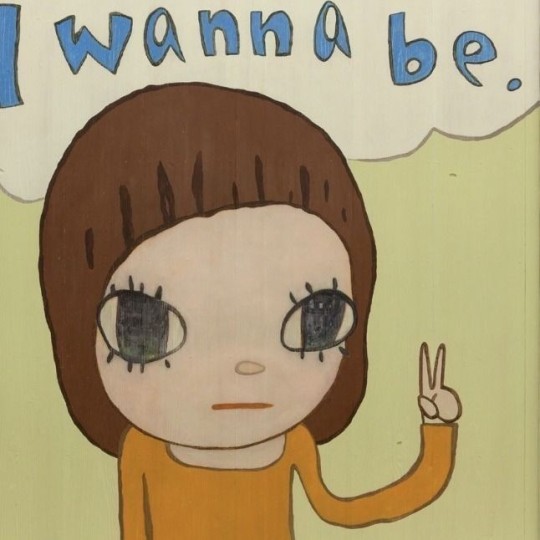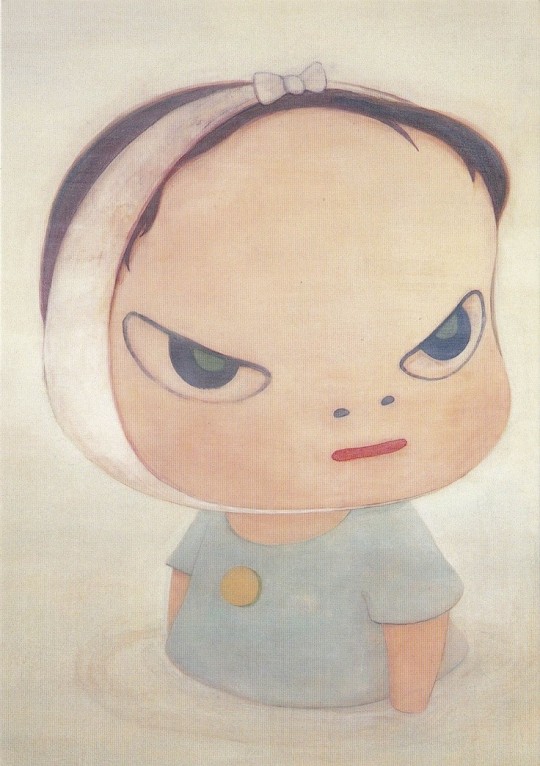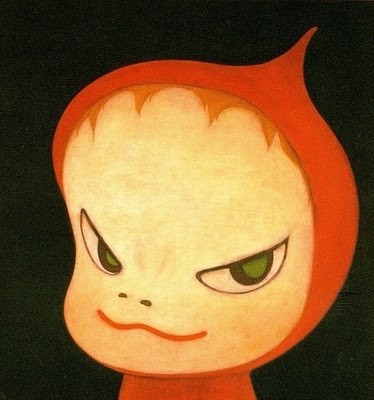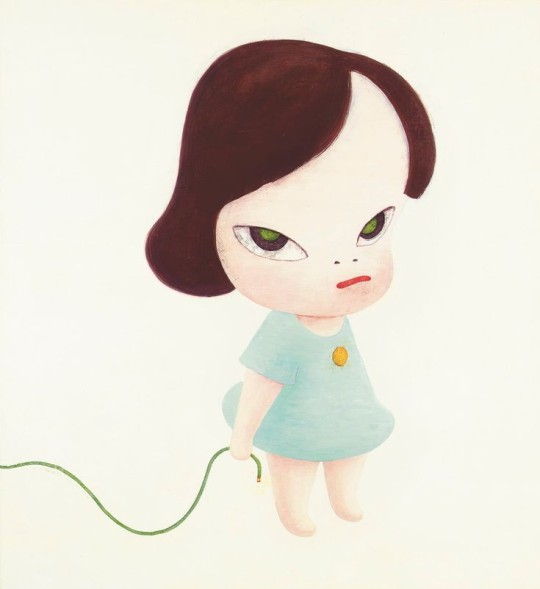#yoshitomo nara archive
Text



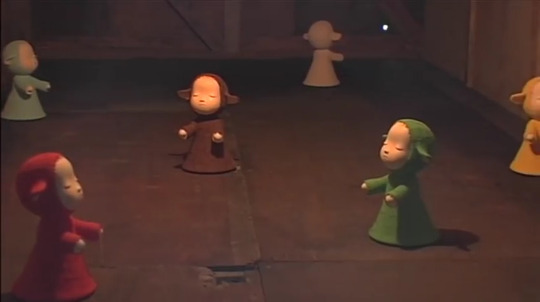
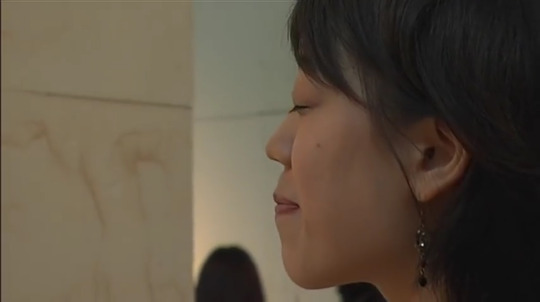

Traveling with Yoshitomo Nara (2007) Directed By: Koji Sakabe
#yoshitomo nara#yoshitomo nara archive#traveling with yoshitomo nara#2007#koji sakabe#y2k#contemporary art#documentary#film#stills#japan#mine
1K notes
·
View notes
Text

Yoshitomo Nara shirts :3
6 notes
·
View notes
Text

When worlds collide <3
Wearing my Aya takano top and bag
9 notes
·
View notes
Text



͏ㅤ⃘𑵀 ⁺ㅤ ꒰🎧꒱ㅤ𔘓ິ ㅤ⃘𑵀ㅤ ⁺ㅤ꒰🫀꒱ㅤ𔘓ິ ㅤ⃘𑵀 ㅤ⁺ㅤ꒰🦴꒱






⁺ ⃘𑵀ㅤ✻ ㅤ֪ㅤ꒰ ꯭dr꯭ea꯭m ꯭gi꯭rl꯭ ꒱ ⁺ ⃘𑵀ㅤ✻
#art#moodboard#icons#girl#diary#yoshitomo nara#instagram#layout#bios#y2k#themes#archive#rkive#folder#model#kpop#discover#gg#chaewon#lesserafim#outfits
105 notes
·
View notes
Text
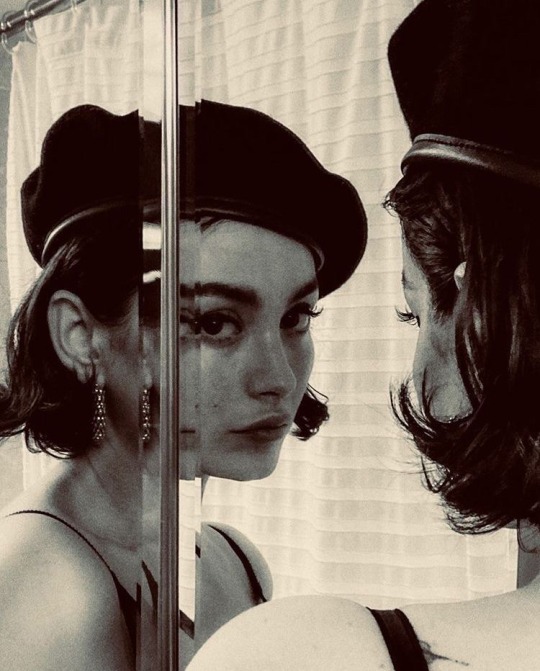




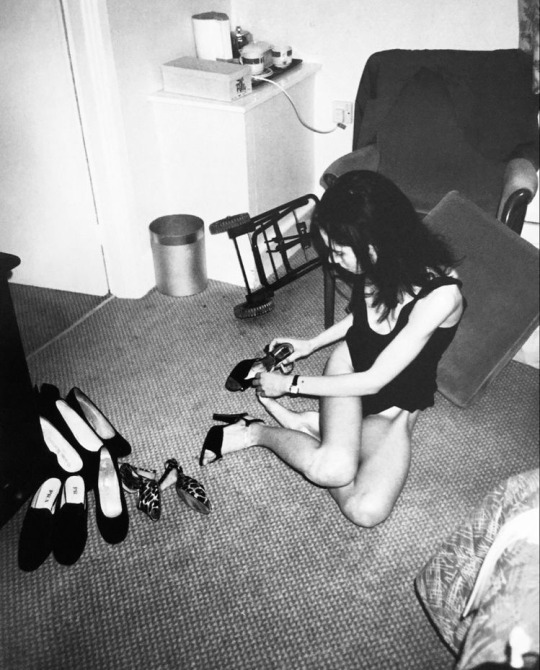



come along with me
and the butterflies and bees :)
#visual archive#alex g#mb#female hysteria#femme fatale#femcel#corecore#girlhood#just girly things#tumbler#girlblogging#blogger#yoshitomo nara#solitaire book
19 notes
·
View notes
Text


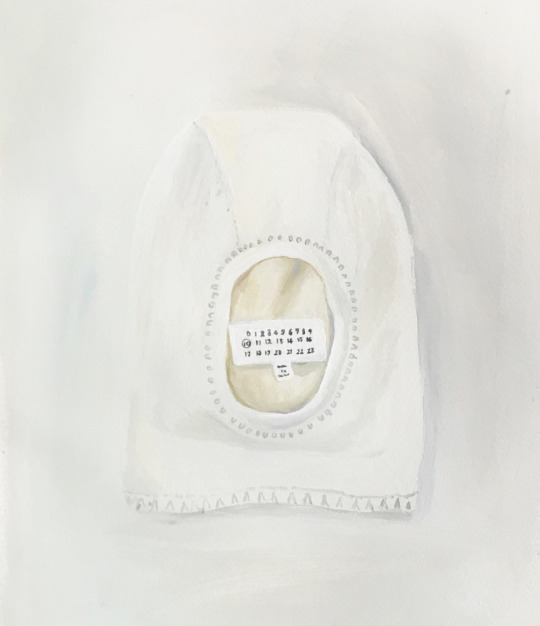
#hyke#fashion week#london fashion week#tokyo fashion week#paris fashion week#paris fashion show#art#artwork#fashion archives#fashion illustration#self service magazine#yoshitomo nara#porsche#interiors#fashion#fast food#the row#seoul fashion week#seoul street style#paris street style#new york street style#new york fashion week#illustrative art#illustrator#illustration#illustrated book#illustragram#fashion sketch#fashion magazine#fashion style
1 note
·
View note
Photo
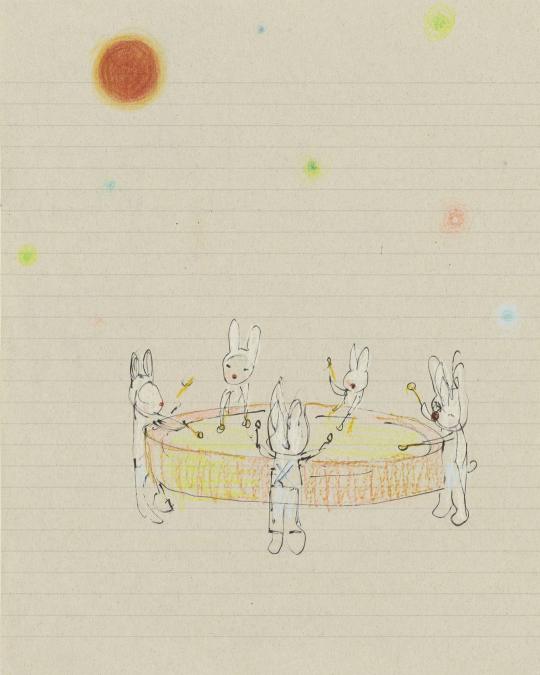
Yoshitomo Nara Archive (@nara_archive)
398 notes
·
View notes
Text
incredibly annoying that art by people like yoshitomo nara and aya takano became mere accessories and set design for girls who like archival fashion a little too much
0 notes
Text

yoshitomo nara art
4 notes
·
View notes
Text



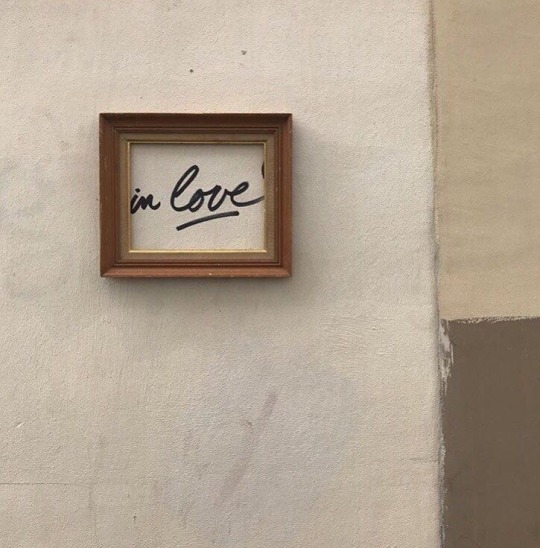

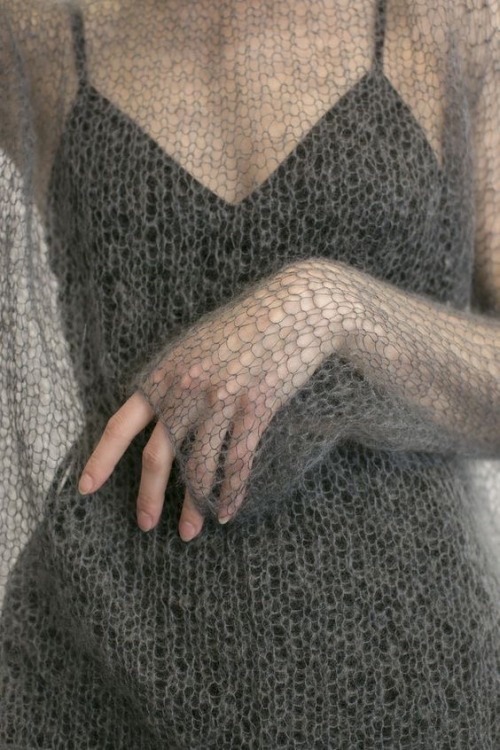

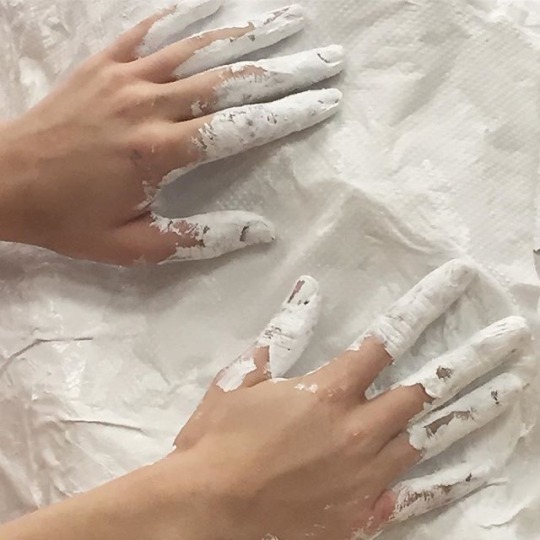
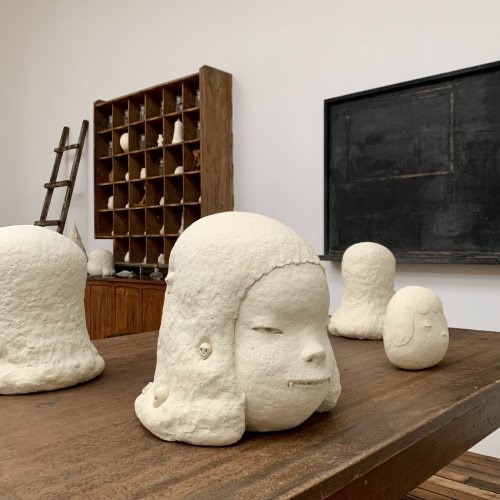
archive moodboard: order for @angelnumbers | want one?
189 notes
·
View notes
Text
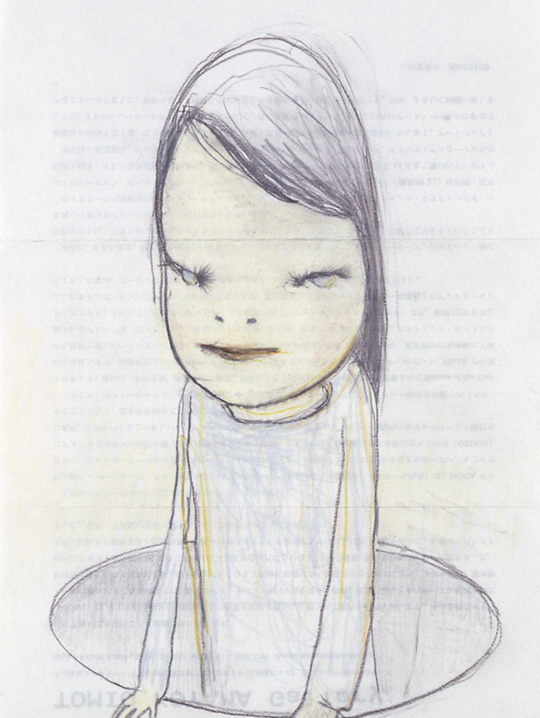


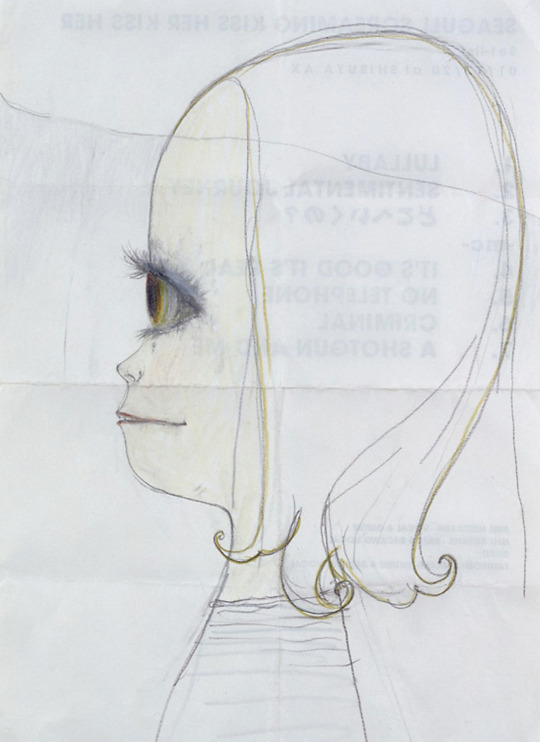
Yoshitomo Nara: Untitled Works from 'Who Snatched the Babies' series (2001-2002)
#yoshitomo nara#yoshitomo nara archive#untitled#who snatched the babies#series#2001#2002#y2k#contemporary art#sketch#illustrations#japan
850 notes
·
View notes
Text

when u take stem classes but are still a hf archive yoshitomo nara tumblr girl at heart
2 notes
·
View notes
Text
Bibliography
This included the list of test and websites that were used and cited in this unit. The pictures of different artist that I added to the research linked to the artist website and properly credited on the entre but I will also add to this list. If I missed an artist or a picture is not properly credited please let me know and I will correct the mistake as soon as possible.
A
Anderson, L & Neale, D. (2005). Creative Writing. New York: The Open University.
B
Ballart lilja, V. (2017). If you are bored with watercolour read this book. England: Ilex.
Bbc . (2014). BBC Homes. Retrieved 9 July, 2017, from http://www.bbc.co.uk/homes/design/period_1950s.shtml
Besher, K. (2017). Yoshitomo Nara. Retrieved 16 July, 2017, from http://www.assemblylanguage.com/reviews/Nara.html
Birch, H. (1996). Just add watercolour. London: Frances Lincoln.
Brace, E. (2018). Five Stages of Reading Development. Retrieved 13 July, 2018, from https://www.theliteracybug.com/stages/
Brazell, D., & Davies, J. (2014). Understanding Illustration. London: Bloomsbury Publishing Plc.
C
Calvert, S. (2008). Children as Consumers: Advertising and Marketing. Future of Children, 8(1), 205-234.
E
Edwards, B. (2013). Drawing on the Right Side of the Brain: A Course in Enhancing Creativity and Artistic Confidence. (4th Edition ed.). England: Souvenir Press.
G
Geraghty, M. (2006). The Five-Minute Writer: Exercise and inspiration in creative writing in five minutes a day. (2009 ed.). United Kingdom: How to Books, ltd.
H
Higgins Bedford. (2009). Edward Bawden 2009. Retrieved21 April, 2017, from http://www.thehigginsbedford.org.uk/exhibitions/past_exhibitions/edward_bawden_2009.aspx
R
Railton, F. (2017). The art of Walter Hood Fitch. Retrieved 9 August, 2017, from https://www.kew.org/blogs/library-art-and-archives/art-walter-hood-fitch
Retroplanet.com. (2010). 1950s Decorating Style. Retrieved 9 July, 2017, from http://blog.retroplanet.com/1950s-decorating-style/
Rowse, D. (2011). How to Create Environmental Portraits. Retrieved 23 July, 2017, from https://digital-photography-school.com/environmental-portraits/
Rudarakanchana, N. (2013). Here’s Who Eats Natural And Organic Foods, And Why: Market Research. Retrieved 16 June, 2017, from http://www.ibtimes.com/heres-who-eats-natural-organic-foods-why-market-research-1437858
S
Soan, H. (1996). The Encyclopedia of watercolour Landscape Techniques. England: Search press.
Swan, A. (1 Apr 2009). Botanical Painting: with Colour Pencils. England: Collins.
T
Thomas Ott. (2018, July 31). Retrieved August 1, 2018, from https://fr.wikipedia.org/wiki/Thomas_Ott
V
Valmore. A, (2010). Zapata y la caricatura. Anuario GRHIAL. Universidad de Los Andes. ISSN 1856-9927. Mérida. Enero-Diciembre, Nº 4, 2010. Zapata y la caricatura, pp. 43-62
W
Weddell, J. (2013). Edward Bawden – master of linocut. Retrieved 21 April, 2017, from http://www.vam.ac.uk/blog/tales-archives/edward-bawden-master-linocut
Williams, G. (1996). Plastic, Pop and Mass-produced Design in the V&A's Collections. Retrieved9 July, 2017, from Plastic, Pop and Mass-produced Design in the V&A's Collections
Wikipediaorg. (2018). Advertising to children. Retrieved 5 January, 2018, from https://en.wikipedia.org/wiki/Advertising_to_children
wikipediaorg. (2017). Botanical illustration. Retrieved 6 August, 2017, from https://en.wikipedia.org/wiki/Botanical_illustration
Wikipediaorg. (2017). Yoshitomo Nara. Retrieved 16 July, 2017, from https://en.wikipedia.org/wiki/Yoshitomo_Nara
Online resources
Skillshare:
Ana Victoria Calderón skillshare page https://www.skillshare.com/user/anavictoriana
5 notes
·
View notes
Photo
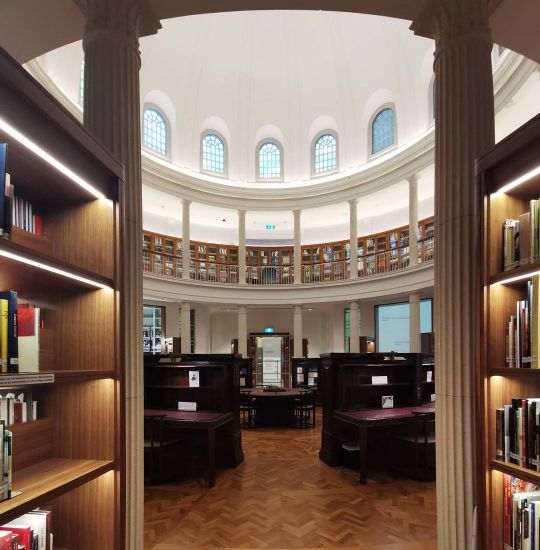
20 January 2021 - Visited the Rotunda Library & Archive inside the National Gallery today and was so exited to find books on Yoshitomo Nara and many other interesting art related books! #library #nationalgallerysingapore #singapore #travel #traveller #traveltalesofet #travelgram #travelblogger #travelblog #wanderlust #globetrotter #instatravel #travelphotography #all_shots #instapic #localtourist #love #books (at National Gallery Singapore) https://www.instagram.com/p/CKRNksEngv3/?igshid=1rh26hzcx2uoj
#library#nationalgallerysingapore#singapore#travel#traveller#traveltalesofet#travelgram#travelblogger#travelblog#wanderlust#globetrotter#instatravel#travelphotography#all_shots#instapic#localtourist#love#books
0 notes
Text
Thinks: Mistaken Identity
Sedentary Fragmentation at Heaven Gallery in Chicago, through August 25
Conversation between Hadi Fallahpisheh and George Olken
Edited with visual essay by Lise McKean
Yasamin Ghanbari (photos courtesy of Kimia Maleki)
Artists Hadi Fallahpisheh and George Olken talk about Sedentary Fragmentation, curated by Kimia Maleki and featuring work by Hannibal Alkhas, Yasi Ghanbari, Azadeh Gholizade, Maryam Hoseini, Mehdi Hosseini, Elnaz Javani, Nazafarin Lotfi, Sophie Loloi, and Raha Raissni. The exhibition showcases archival materials from the artists’ experience in Chicago and Tehran and presents several generations of artists who are often misrepresented by having identities placed upon them that do not define them as artists.
George: In her statement, curator Kimia Maleki writes, “[This show] brings together Iranian voices, generations, and alumni who studied at the School of the Art Institute of Chicago.” When we say “Iranian” artists what do we mean? Not all the artists in the show are from Iran and not all the artists came from the same Iran? Do they share aesthetics, ethnic identity, national identity?
Hadi: For me, there is no Iranian identity, especially in relation to visual art. It only exists through its language, which is called neither Iranian nor Persian, it is Farsi. The only thing these artists are really sharing is the Farsi language. But it’s funny, none of them are using the language in their work. If I am going to talk to an American person about Maryam Hoseini’s work I would even be so worried to say she is an “Iranian artist.” She was born in 1988, ten years after Islamic Revolution—in Islamic Republic of Iran. She’s not really “Iranian,” she is “Islamic Republic Iranian.” On the other hand, Mehdi Hosseini, Hannibal Alkhas, and Raha Raissnia saw Iran before Islamic Revolution, which was another kind of life.
George: Does your statement give too much power to the state? There must be some continuity for people in Iran that exists before and after the Islamic Republic came to power: language, family, landscape. I’m thinking of living in the same city where my father and grandfather grew up, there is a connection to history despite change. I imagine that despite political upheaval, there are similar continuities in Iran going all the way back to what we call Persia.
Hannibal Alkhas
Hadi: Yes, it gives too much power to the state. Yet, it’s important to recognize that the state is powerful enough to make a young artist say goodbye to family and homeland to seek on the other side of the world what their state doesn’t offer. But I also agree with what you say: There many breaks in the last 150 years of Iran’s history make Iranian identity very complicated. And it is much harder when it comes to Iranian art. It goes so far that we invent an interest in Iran’s ancient history. But nothing is left of that history. So much has happened since then and now. What these Iranians are proud of sharing is broken. It doesn’t exist anymore. Culturally it doesn’t exist, visually it doesn’t exist.
Exhibition view
I see some possible subconscious references to the idea of ruins in Sedentary Fragmentation. The works all look like ruins. Hoseini’s work is aware of that ruin. Nazafarin Lotfi’s chair is a ruined structure and her painting is a ruined figure. The jaws in Elnaz Javani’s work are ruined. That’s the shared experience of being Iranian that we carry with us. When we remember through language that all we are share is in ruins, it is a ruin of a culture.
George: Except for the square painting of Hannibal Alkhas and Hoseini’s paintings, there’s not a lot that recalls ancient or antiquarian Iran. To me, it looks post-industrial. Lotfi’s mass-produced chair, Javani’’s shipping pallets, and Azadeh Gholizade’s white floor sculptures make me think of modern construction.
Azadeh Gholizadeh
Hadi: It’s a great window you are opening: When I say ruin, you think ancient, but it can be a contemporary ruin. I would like to mention a saying most Iranian artist carry: “We never understood Modernism.” It means we never experienced the ancient era nor the modern era. It’s the connection to a ruin of something—even the title of the show, after fragmentation what’s left is the ruin of that thing.
George: Gholizadeh’s sculptures look like concrete apartment blocks.
Hadi: Yes, but as if the wind came through and ruined that block.
George: Because of their size?
Hadi: Because they are broken. I can also read it as before construction, before you build a wall. And for me, it’s same with all the other artists too. There was the 1953 Iranian coup d’état, then the Islamic Revolution. Then there was the eight-year war with Iraq (1980-88). Then came the post-war’s dark days. Then came a semi-liberal period of eight years, the experience of Ahmadinejad as president (2004-12), and the Green Movement (2008-09). The idea of social ruins has many different historical moments.
Sophie Loloi
George: Lotfi’s chair is not an ancient ruin, but a modern ruin—yet one form contains the other. And there is a striking formal continuity through the work. The form in Loloi’s photographs of the wind blowing fabric against her body echoes the bodies in Hoseini’s paintings. The black-and-white of the photographs is repeated in Lotfi’s work and again in Gholizadeh’s sculptures. The grids in Gholizadeh’s work reappear in Javani’s pallets and in Raissni’s slides.
Hadi: The question of who is representing whose body is always important to me. Hoseini comes from Iran and she is painting nude bodies. Loloi’s experience is American and her images is a woman wrapped in fabric. Not only that. Alkhas’s bodies are Western bodies. Or at least they don’t seem Iranian. They’re more Greek or Roman.
George: What kind of body is Hoseini representing?
Maryam Hoseini
Hadi: They look like Muslim Iranian bodies with their clothes removed.
George: I don’t want to say they are Iranian—or Middle Eastern or Muslim. They aren’t that specific. But they’re set against the motifs or patterns that place them. They are not strictly real or identifiably from the world. But they don’t feel to me as if they are from Chicago or America. Maybe we can say “non-Western” if we accept that as a frame.
Raha Raissni
Hadi: You can say non-Western. But it’s not necessary. The main thing is that they are nude bodies. She never made nude female bodies in Tehran. Although Raissni’s work goes to same category for me as Loloi’s, Raissni is older. She’s been here for maybe thirty years and her work is black. It’s dark. Both are representing what they don’t have. Loloi has never been wrapped in chador. Raissni has a Western life, it’s colorful, her work is a dark, black remembrance of the past.
George: How do you talk about Javani’s work? Her bodies are reduced only to teeth? For me it is medical or forensic. Sometimes they identify unknown bodies by their teeth. There’s something violent to me.
Hadi: Javani’s work reminds me of speaking, of the voice, of language. It’s about people who come here. If you go to a company that casts your body parts or bones, and you chose to cast this part, for me it’s all about language. How we are speaking with the tongue and these jaw bones.
Elnaz Javani
George: Yes, I’m thinking how without the lower jaw you lose speech. Another ruin. But we’re focusing on the Iranian side of the show. How does Chicago figure in understanding these artists?
Hadi: SAIC (School of the Art Institute) is the only school that really accepts Iranian artists. More than any other school.
George: I’m talking about the city. Does Chicago appear in this work? Or does the Art Institute mark a clear influence?
Hadi: Chicago appears in this work as much as it appears in any graduate student’s work after living in that place for two years. Not much.
George: Yes, that’s right. Only three of these artists continue to live in Chicago. The show overemphasizes the importance for these artists of SAIC as a place. And that’s my experience too. SAIC is not connected to the place. Only some students make a relationship to the city outside of school. But this show has been organized this way. And it does raise questions. We start to see the difference between older people and younger, artists from here or there. This is what is so troubling to me about “Iranian”—despite being able to problematize it as a category and say it’s not real. As soon as we start to talk about the show, we start to use it. We say, “What does it mean to be a young Iranian versus an older Iranian ? What does it mean to be Iranian -American or an Iranian from Tehran?” We’re comfortable saying we shouldn’t use it but we are also comfortable using it.
Hadi: I want to say something about the importance of reference points. I truly believe when we talk about Iranian arts or any show related to Iranian identity, we lack these historical references. You can’t make connections. It’s like if you hear someone speaking German and you already know what German sounds like. You can think maybe the person is German. But if you hear someone speaking a language you have never heard, then you don’t know what to think.
Hadi Fallahpisheh is a multi-disciplinary artist. He lives and works in New York. George Olken is a writer in Chicago, filmmaker/teacher in Cambridge, and performer in New York. He also makes cookies at large.
Delightful Thing #1
Damien James on the Chicago Humanities Festival
DOUBLE FANTASY @ Noble and Superior Projects
Bad at Sports Giveaway | Traveling with Yoshitomo Nara
Episode 504: Tanya Zimbardo
from Bad at Sports http://ift.tt/2v0Q9hz
via IFTTT
1 note
·
View note

